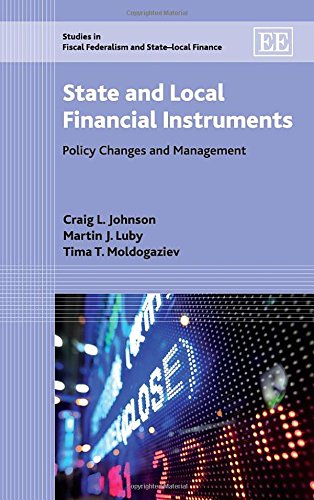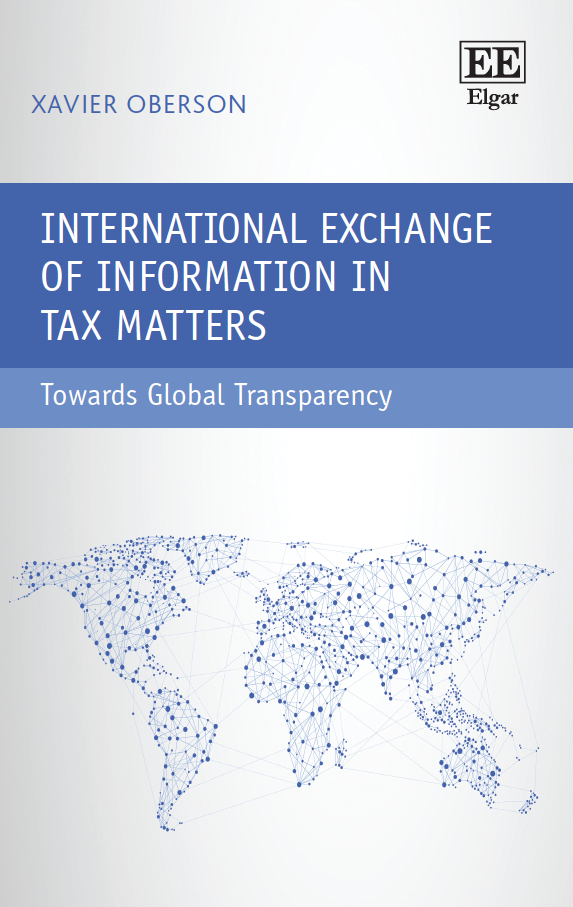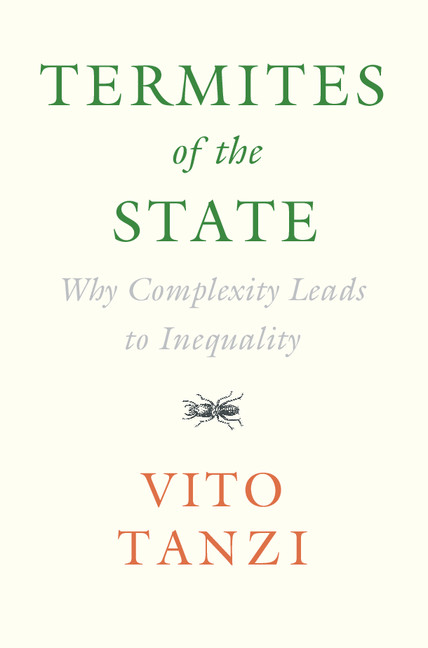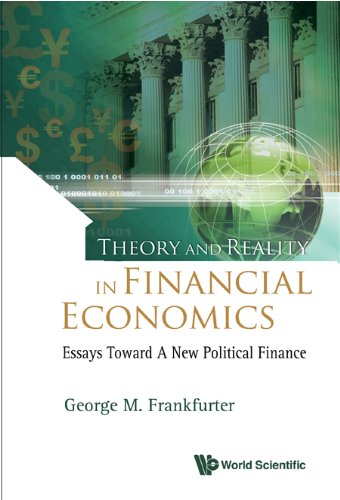NAFTA to USMCA
by Mary E. Burfisher
2020-04-16 19:12:34
The United States â Mexico â Canada Agreement (USMCA) was signed on November 30, 2018 and aims to replace and modernize the North-American Free Trade Agreement (NAFTA). This paper uses a global, multisector, computable-general-equilibrium m...
Read more
The United States â Mexico â Canada Agreement (USMCA) was signed on November 30, 2018 and aims to replace and modernize the North-American Free Trade Agreement (NAFTA). This paper uses a global, multisector, computable-general-equilibrium model to provide an analytical assessment of five key provisions in the new agreement, including tighter rules of origin in the automotive, textiles and apparel sectors, more liberalized agricultural trade, and other trade facilitation measures. The results show that together these provisions would adversely affect trade in the automotive, textiles and apparel sectors, while generating modest aggregate gains in terms of welfare, mostly driven by improved goods market access, with a negligible effect on real GDP. The welfare benefits from USMCA would be greatly enhanced with the elimination of U.S. tariffs on steel and aluminum imports from Canada and Mexico and the elimination of the Canadian and Mexican import surtaxes imposed after the U.S. tariffs were put in place.
Less






























